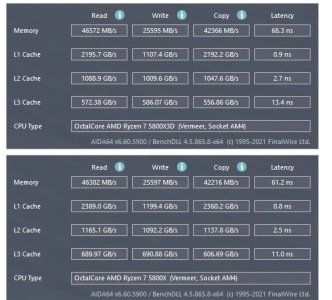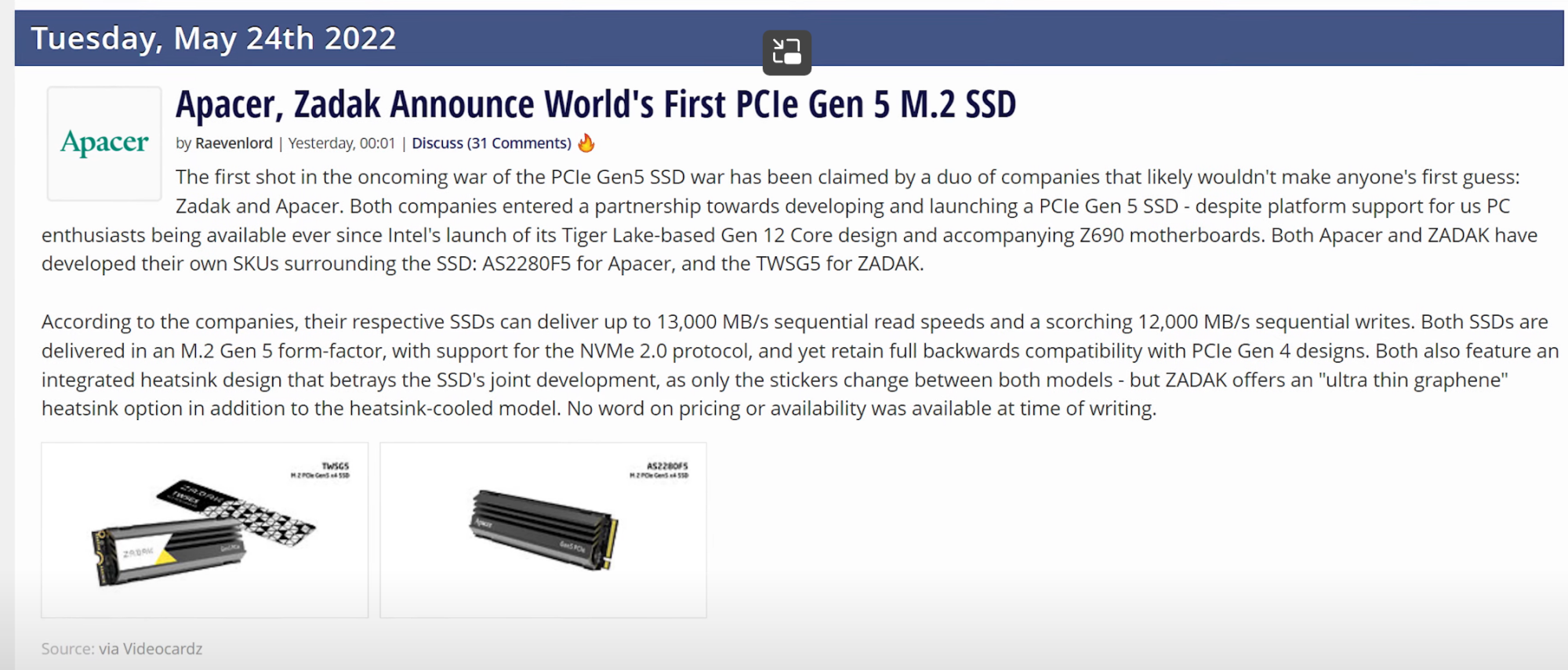The most intriguing here are did they use their new tool for auto memory overclock because they used in the presentation DDR5 6000@CL30 which one is not common RAM (and in specs).
Because this can add performance in this 15% too.
Because this can add performance in this 15% too.
![[H]ard|Forum](/styles/hardforum/xenforo/logo_dark.png)

